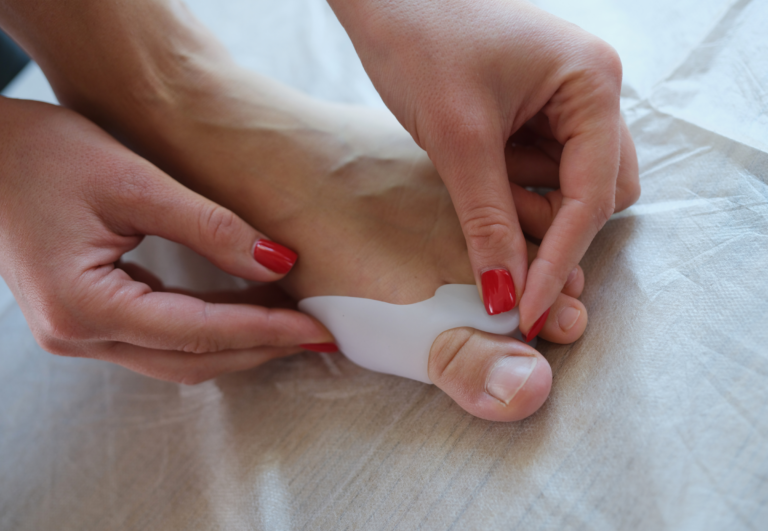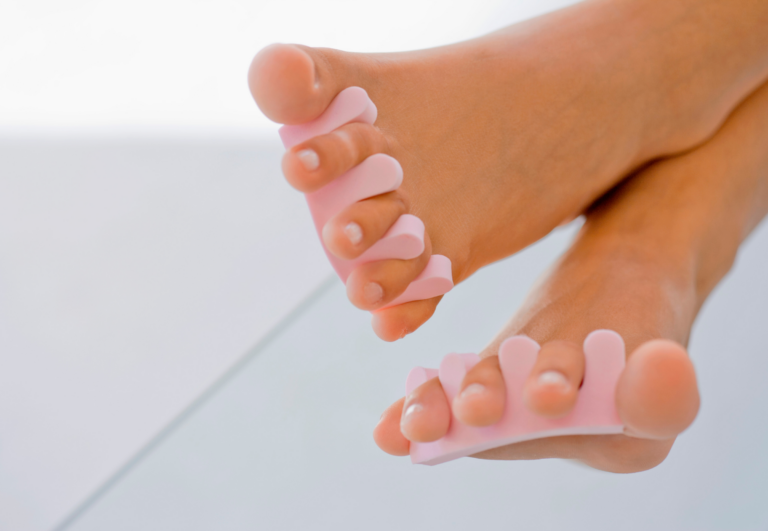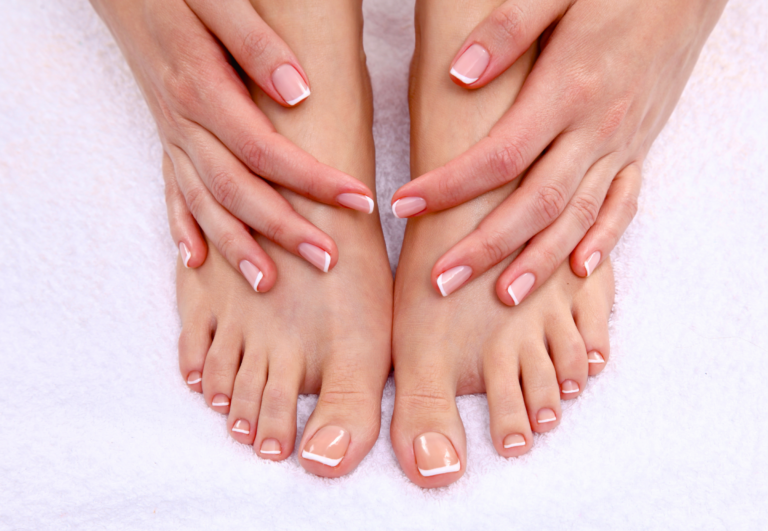Can Toe Spacers Help Improve Balance and Stability? (Strategies for Enhanced Control)
As someone who swears by the benefits of toe spacers, I’ve learned that improving balance and stability is not just about foot alignment. It involves a comprehensive approach to muscular strength, body coordination, and joint mobility. From my experience, incorporating a variety of exercises that challenge your body’s equilibrium can significantly enhance your overall stability.
Simple techniques such as the tightrope walk, where you mimic walking along a tightrope, can drastically improve the fine muscle control needed for balance. Moreover, understanding the role of proprioception, the awareness of joint position, is essential. By regularly engaging in balance-oriented exercises, your proprioception sharpens, enhancing your ability to react swiftly and maintain stability when in motion.
An important consideration for anyone keen on maintaining their balance is the integration of exercises into daily routines. It doesn’t require extensive workouts; often, straightforward practices like standing on one leg or performing controlled squats can effectively bolster your stability. Through my research and personal experience, commitment to these exercises is key to seeing a marked improvement in your balance and stability over time.

Can Toe Spacers Help Improve Balance and Stability?
Yes, toe spacers can help improve balance and stability. By promoting the natural alignment of the toes, they encourage a more even distribution of weight across the foot, which can enhance proprioception—the body’s ability to perceive its position in space. Improved proprioception can lead to better balance and stability, particularly during activities that require a strong foundation and agility, such as walking, running, or various sports.
Additionally, toe spacers can help strengthen the intrinsic muscles of the feet. Stronger foot muscles contribute to a more stable base of support for the body, which is essential for maintaining balance. The increased space between the toes can also allow for a wider surface area of contact with the ground, further aiding in stability.
It’s important to note that while toe spacers can be beneficial for balance and stability, they should be used as part of a comprehensive approach to foot health that includes exercises, proper footwear, and, if necessary, consultation with a healthcare professional.
The Importance of Balance and Stability
Improving balance and stability involves a complex interaction between the inner ear, vision, brain, and proprioceptive senses. I’ll explain how these elements work together to maintain equilibrium and what happens to balance as we age.
The Role of the Inner Ear and Vision
The inner ear contains a structure called the vestibular system that detects head movements and helps maintain balance. If there’s a disruption in the inner ear, such as from inner ear disorders, it can affect how the brain processes the information it receives, leading to balance issues. Vision also plays a critical role; our eyes help us gather information about our surroundings and detect motion, contributing to balance.
- Inner Ear: Critical for detecting motion and orientation.
- Vision: Eyes provide cues to the brain about body position.
Center of Gravity and Proprioception
Balancing effectively means maintaining the body’s center of gravity over its base of support. Proprioception is the body’s ability to perceive its own position in space. It’s the way joints and muscles send signals to the brain to help coordinate movement. Good proprioception is essential for stability and preventing falls.
- Center of Gravity: The point where the body’s mass is evenly distributed.
- Proprioception: Involves sensors in the muscles and joints informing the brain about body position.

How Aging Affects Balance
As we age, changes in muscle mass, strength, flexibility, and reflexes can alter the body’s balance system. Aging can also affect eyesight and the inner ear, impacting how well these systems communicate with the brain. Additionally, certain health problems more common in older adults can further compromise balance.
- Aging Muscles: Can become weaker, affecting stability.
- Health Problems: Such as arthritis or diabetes, can interfere with balance.
Essential Exercises for Improved Balance
Improving balance and stability is crucial for daily activities and reducing the risk of falls. As a toe spacer expert, I’ve seen numerous clients enhance their mobility and coordination by incorporating specific exercises into their routines.
Balance Training Workouts
Balance exercises are the cornerstone of any balance improvement plan. Start with simple standing exercises like the single-leg stance, then progress to more challenging tasks like heel-to-toe walking.
- Static Balance: Stand on one foot, lift the other leg, and hold for 30 seconds. Switch legs and repeat.
- Dynamic Balance: Walk in a straight line, placing one foot directly in front of the other, heel to toe.
Practicing yoga or tai chi can also benefit balance, offering a blend of static poses and flowing movements that train the body’s response to various stability challenges.
Strength Training for Stability
Strong muscles support better balance. Focus on lower-body strength with exercises that promote stability.
- Squats: Stand with feet hip-width apart. Bend at your knees to lower down as if sitting in a chair; stand back up.
- Lunges: With a step forward, lower your hips until both knees are bent at about a 90-degree angle.
Incorporating resistance bands or light weights can intensify these exercises. Always keep your movements controlled and deliberate.
Flexibility and Coordination Drills
Improved flexibility contributes to a more stable base of movement, and coordination drills can fine-tune the body’s stability responses.
- Stretching Exercises: Include hamstring stretches, calf stretches, and stretches for the hip flexors to enhance flexibility.
- Coordination: Use activities such as catching a ball or balancing tasks that require movement to challenge and improve coordination skills.
Regularly practicing these exercises will ultimately contribute to better overall balance and stability. Remember, start slow, maintain proper form, and gradually increase the difficulty as your balance improves.
Preventing Falls and Injuries

Preventing falls involves safe exercise practices and adaptations to workouts, especially for older adults with health conditions like arthritis or multiple sclerosis.
Safe Exercise Techniques for Older Adults
To support balance and stability, I recommend specific exercises that target the legs and core. These exercises, like the sit-to-stand, are beneficial for strengthening the ankles and legs, which are critical for preventing falls.
- Sit-to-Stand Exercise:
- Begin in a seated position on a firm chair.
- Feet flat on the ground, shoulder-width apart.
- Lean forward slightly and stand up without using your hands.
- Slowly sit back down, controlling the motion.
Always perform exercises on a non-slip surface and consider wearing supportive shoes. Start with a small number of repetitions and gradually increase as your strength improves.
Modifying Workouts for Health Conditions
If you have conditions like arthritis or multiple sclerosis, you must adjust your exercise routine accordingly. Be mindful of your bones and joints, and if you’re on medications, be aware that some can affect your balance.
- Low-Impact Workouts:
- Swimming: No stress on bones and joints, helps improve cardiovascular health.
- Tai Chi: Gentle movements to enhance balance and flexibility.
Before starting any new workout, it’s wise to consult with a healthcare professional to ensure it’s safe for your specific health circumstances. Regular exercise can help manage conditions like arthritis, but it’s important to listen to your body to avoid strain or injury.
Practical Tips for Everyday Stability

Improving balance and stability is essential for everyday activities. By focusing on posture and utilizing balance-enhancing props, you can increase your steadiness and reduce the risk of falls.
Posture and Daily Movements
Good posture is foundational for balance. I make a conscious effort to stand straight with my shoulders back and my head level. This alignment puts less strain on the body and provides a stable base for movement. When moving throughout the day, I keep awareness of how my body feels and adjust my posture as needed. For exercises, simple heel-toe walking can significantly improve your stability. Try doing this exercise regularly:
- Stand straight with your feet together.
- Step forward, placing your heel directly in front of the toe of your opposite foot.
- Continue walking in a straight line for 15-20 steps.
Using Props for Balance Enhancement
Using props like a stability ball, Bosu, or even a pillow can challenge and enhance your balance. I often recommend the flamingo stand to engage the core and improve balance:
- Stand on one leg while holding onto a stability ball for support.
- Remain on one leg for 30 seconds to one minute before switching.
Incorporating an unsteady surface like standing on a pillow or cushion also forces your muscles to work harder to maintain balance. Additionally, yoga practices, which include poses like tree pose or plank, can be beneficial. Here’s a step-by-step for a basic tree pose:
- Stand with feet hip-width apart and arms at your sides.
- Shift your weight onto your right foot, placing the sole of your left foot on the inside of the right thigh.
- Focus on a spot in front of you and hold the position for a minute, then switch sides.
Integrating Balance and Stability into Your Fitness Routine
In my experience with enhancing balance and stability, incorporating specific exercises into your regular workout can be incredibly beneficial. Balance training targets the muscles that keep you upright, including your core and lower body. Here’s a concise plan to seamlessly add these elements to your fitness regimen:
Daily Balance Drills:
- Rock the Boat: Start by standing on one foot, then switch to the other after 30 seconds. Aim for a minute each day.
- Leg Raises: While brushing your teeth, try side leg raises to build lower body strength.
Core Strengthening:
- Exercise: Plank With Elbows on a Stability Ball or a Side Plank.
- Reps: Hold each plank for 20-30 seconds.
- Sets: 3 sets, alternating sides for the side plank.
Weekly Routine Inclusions:
- Monday: Focus on core muscles with planks and stability ball exercises.
- Wednesday: Prioritize lower back strengthening moves.
- Friday: Engage your legs with squats and lunges for a strong lower body foundation.
Quick Tips:
- Include balance training at least 3 times a week.
- Ensure that exercises involve multiple muscle groups for holistic development.
- Remember, balance exercises do not require a gym; your body weight is often sufficient.
Remember: While I’m not a doctor, these practical steps have been effective for many in enhancing stability and preventing falls. Consistency is key.





